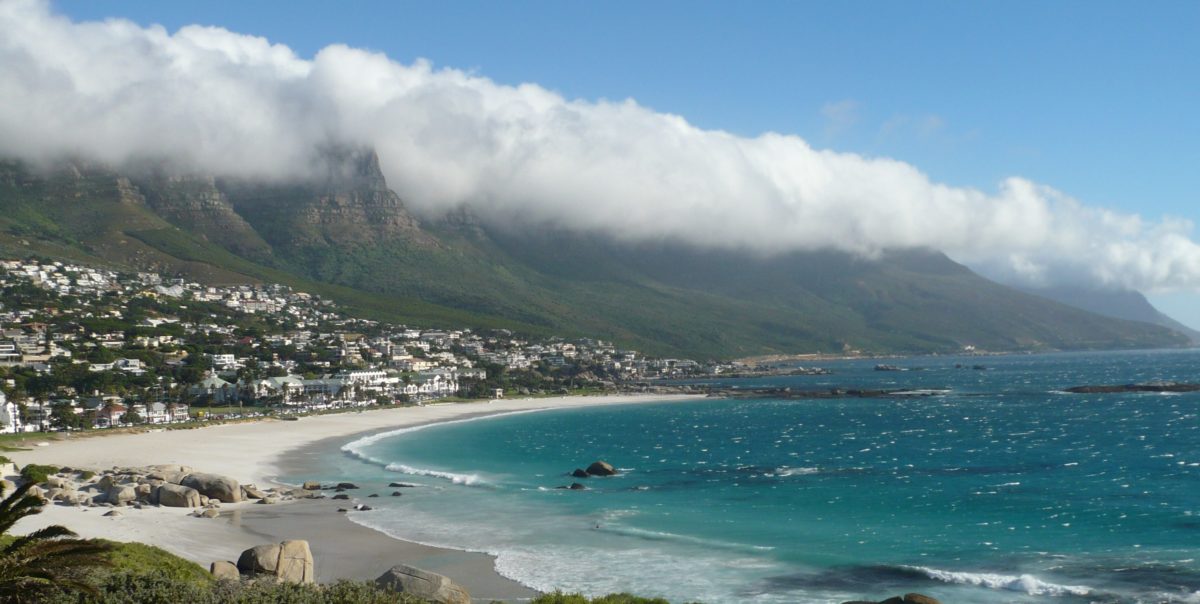It was my 3rd day in Mumbai And I was just starting to get used to the heat and the new time zone. However, a family emergency came up for Lubna and she was going to have to let me fend for myself. She offered me use of the family’s vacation home in Goa and I decided to take her up on that but for this last day in Mumbai she decided to take me to the most amazing museum.

The Chhatrapati Shivaji Maharaj Vastu Sangrahalaya (translation: ‘King Shivaji museum’), abbreviated CSMVS and formerly named the Prince of Wales Museum of Western India, is the main museum in Mumbai, Maharashtra. Located a short distance from The Gateway to India, the museum is a wonderful introduction to the long history of Indian civilization. Containing over 50,000 examples of ancient Indian history as well as objects from other lands, these items are categorized into primarily 3 sections: art, archaeology and Natural History. Construction on the museum began in 1905 to commemorate a state visit by HRH George, Prince of Wales who would later become George V. The museum was renamed in 1998 after Chhatrapati Shivaji Maharaj, the founder of Maratha Empire.


Yet, for a neophyte to understand India is almost impossible. First, the civilization is one of the oldest dating back 5100 years to around 3000 BC. During that time, they’ve been trading with the Middle East, the eastern coast of Africa, China and the islands of the South Pacific. They’ve been invaded from the Middle East and from Europe several times over. Layer upon layer of history, religions, civilizations, different kingdoms and cultures all stacked on top of each other and presented to you in one fell swoop, here is India. The sheer amount of information can be overwhelming. I read a few books about India before I came to help me understand a little. One of those books is called Land of the Seven Rivers: A Brief History of India’s Geography by Sanjeev Sanyal, published by Penguin Books; yet it wasn’t until I entered the museum that I was able to visually understand what the books had told me.

Situated on 3 floors are room upon room of ancient treasures featuring the different cultures and different civilizations that make up India’s rich history. Also exploring the different religions of Hinduism, Buddhism and Islam and how they all clashed and influenced each other through the ages.

As I noted earlier in this series the weather in Mumbai was extremely humid during my visit. The AC at the museum had a hard time keeping up with the heat, yet there are several locations throughout the museum where you can stop and get a refreshment including a lovely tea room where they serve an English high tea. After 4 hours of wandering through the width and breadth of India’s deep history I was exhausted, so we left to go get lunch in a cooler environment. Yet, I highly recommend the museum as a wonderful introduction to helping understand something of India’s amazing cultures and civilization through the ages.

The Chhatrapati Shivaji Maharaj Vastu Sangrahalaya Museum, 159-161, Mahatma Gandhi Road, Kala Ghoda, Fort, Mumbai, Maharashtra 400023, India.











You must be logged in to post a comment.